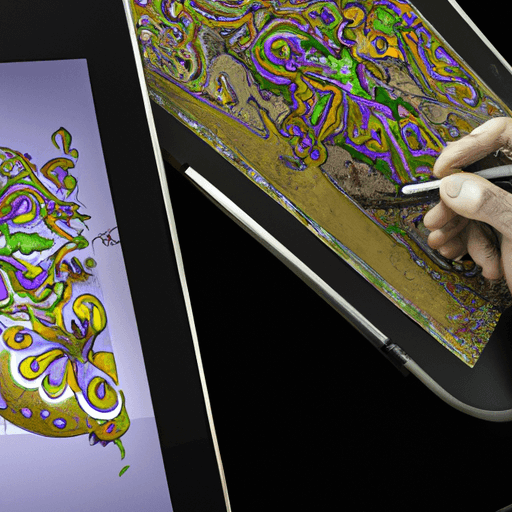Effects of Digital Transformation on Conventional Folk Art
Traditional forms of art have been an intrinsic part of culture for centuries. The explosion of digital technology, however, has catalyzed a profound transformation in the folk art sector. Consequently, this transformation has affected the preservation, creation, and distribution of folk art, presenting unique opportunities and challenges.
Benefits of Digital Transformation of Folk Art
Digital technology dramatically alters the folk art landscape by enabling the digital preservation and sharing of art. Digital archiving technologies make it possible to preserve art's physical traits, which are often susceptible to time and environmental conditions. As an illustration, the Chinese Dunhuang murals, which were decaying due to age and environmental factors, were digitally restored, thus preserving their aesthetic and historical value. Through digitizing these murals, their legacy was secured for future generations.
Convenience of accessibility is another fundamental advantage of digital transformation. The advent of online museums and galleries permits individuals all over the world to view and appreciate folk art often housed exclusively in far-off locations. Similarly, digital tools expand the reach of folk art creators in sharing their work, consequently fostering cultural exchange and understanding.
Challenges of Digital Transformation of Folk Art
The migration of folk art to a digital platform is not without its challenges. Traditional folk art is often deeply rooted in tangible experiences that digital forms struggle to replicate. The tactile connection of a viewer to the artwork and the nuances of physical viewing are lost in digital interpretation. There is an ongoing debate whether the digitization detracts or maintains cultural essence.
The matter of intellectual property and copyright infringement is another pressing issue. With the ease of access and dissemination of digital folk art, it becomes increasingly challenging to protect artists' rights and maintain the art's integrity.
Does Digital Transformation Contribute to Growth or Decline of Traditional Folk Art?
The digital transformation trend unquestionably marks a significant shift in the art sector's landscape. While some argue that digital adaptation might lead to the decline of traditional folk art, diminished cultural essence, and lessened importance of physical art forms, others view it as a necessary evolution. Digital transformation can help keep these traditions alive, adapt to modern sensibilities, and reach a larger, potentially global, audience.
Conclusion
The integration of technology into the folk art sector showcases a compelling example of how digital transformation can benefit yet challenge traditional practices. As we navigate this new landscape, it remains crucial to persistently address these challenges while optimizing the potential value of digital technology for the promotion, preservation, and appreciation of folk art. So, while it may alter certain traditional aspects and processes, digital transformation can enrich the value, reach, and sustainability of folk art, ensuring its continuation in the digital age.



















Comments
Leave a Comment